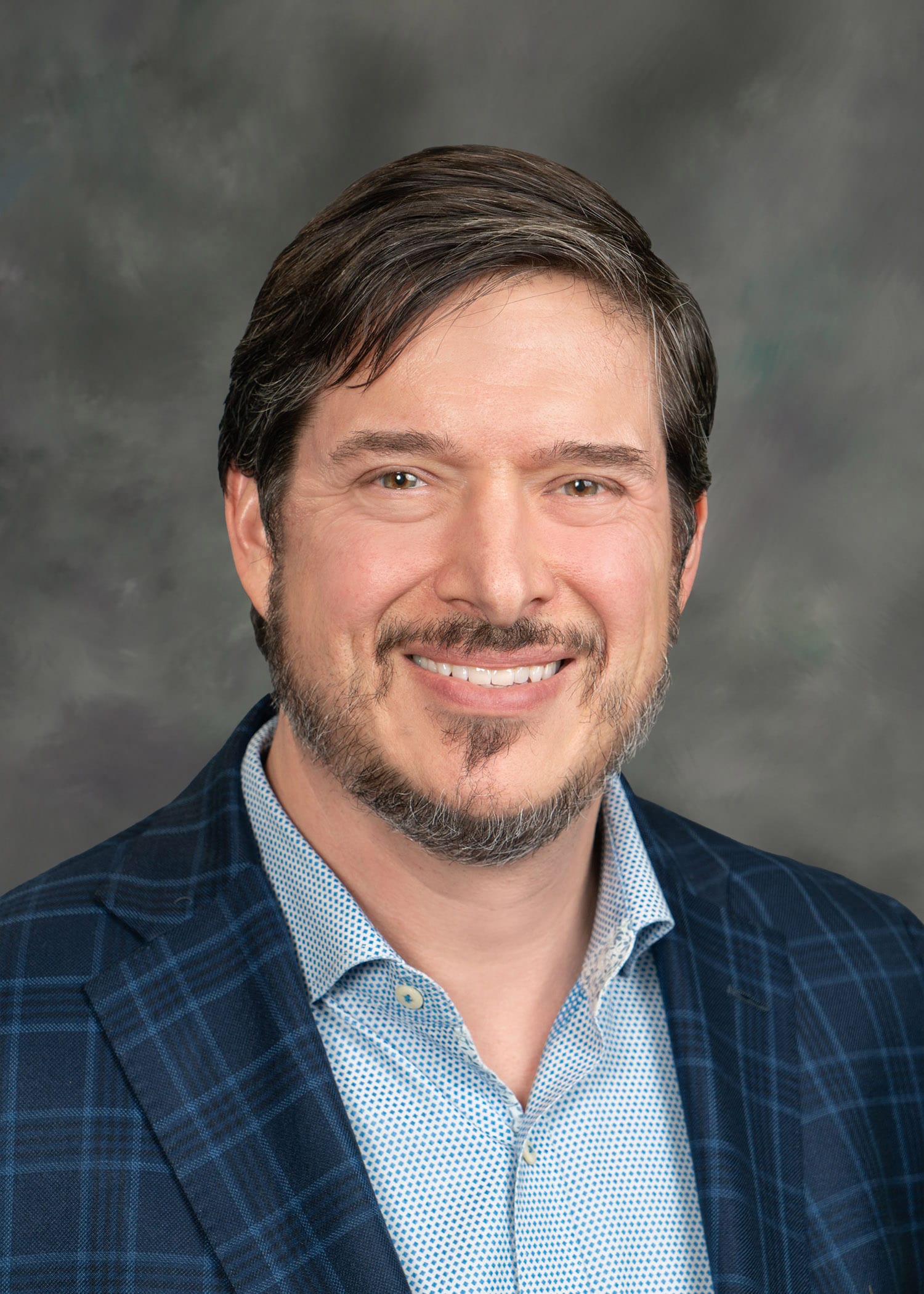
The Disease Drivers in Aging: 2016 Advances in Geroscience Summit brought together the nation’s top science experts, as well as various associated stakeholders, to the New York Academy of Sciences in New York City on April 13 and 14 for presentations and discussions about advances in the field of geroscience.
A collaboration between the New York Academy of Sciences, the Trans-NIH Geroscience Interest Group (GSIG), the Gerontological Society of America, and the American Federation for Aging Research, this summit served as a follow up to the initial Geroscience Summit held in Washington, D.C., in 2013.
According to Dr. Felipe Sierra, director, Division of Aging Biology at the National Institute on Aging (NIA), the summit’s purpose was to “look at how some diseases affect and accelerate the aging process.” The summit centered on this question: “What pillars of aging are affected by these diseases and/or their treatments?’ These pillars are: adaption to stress, epigenetics, inflammation, macromolecular damage, metabolism, proteostasis, and stem cells and regeneration
Over the two-day summit, leading experts from the fields of HIV, cancer, and diabetes offered their insights on how these diseases play a role in the aging of our bodies. They were joined by leading lights in the fields of geroscience and gerontology, who also contributed their own research.
During the course of the presentations and subsequent discussions, many familiar terms came up again and again: inflammation, cellular senescence, chronic stress, telomeres. These terms were discussed within the sphere of disease as experts explained how chronic conditions contribute to the aging process. The end game of the dialogue was to help researchers better understand how we age, with the goal of extended healthspan.
The summit kicked off with presentations from four keynote speakers: NIA Director Richard Hodes, Sierra, Dr. Steven Austad from the University of Alabama at Birmingham, and Dr. Elissa Epel from the University of California, San Francisco.
Dr. Hodes spoke about the role of the NIA in research and gave an overview of how experts use geroscience as a multidisciplinary approach for studying aging. Dr. Sierra provided further insights about geroscience and updated the audience about some of the current research in the field. He also noted, “For death, we are not trying to be immortal, we are trying to delay it.”
Dr. Austad focused on a theme those who study geroscience know very well: Lifespan has enjoyed a significant increase over the last 150 years, but healthspan has not. Longer life has increased the occurrence of non-fatal maladies such as frailty.
He also talked about what researchers are learning about aging and how they are working to apply that knowledge to the extension of healthspan. His presentation left everyone with a very clear message: Aging is the number one threat to global health.
Dr. Epel followed with a talk on telomeres, stress biology, and chronic disease, weaving together the common links between them all. She introduced the audience to the “telomere attrition triad:” inflammation, oxidative stress, and insulin resistance.
The summit then proceeded with sessions centered on the three disease states. Each of them featured short, fast-paced presentations from leading experts that showed how each disease contributed to age-related health decline. These sessions also helped researchers “identify knowledge gaps and future directions of research required for a more complete understanding of the relationship between chronic diseases and aging.”
There was also a section on some of the emerging science “hot topics” such as mitochondrial dysfunction-associated senescence, GDF11, and DNA methylation age.
The summit closed out with a panel review summarizing the previous activities, including an active question-and-answer session with the audience.
The field of geroscience continues to gain momentum in the research community, and this summit offered an important next step in its growth.
For an overview of the sessions and presentations, please visit the summit’s website.





